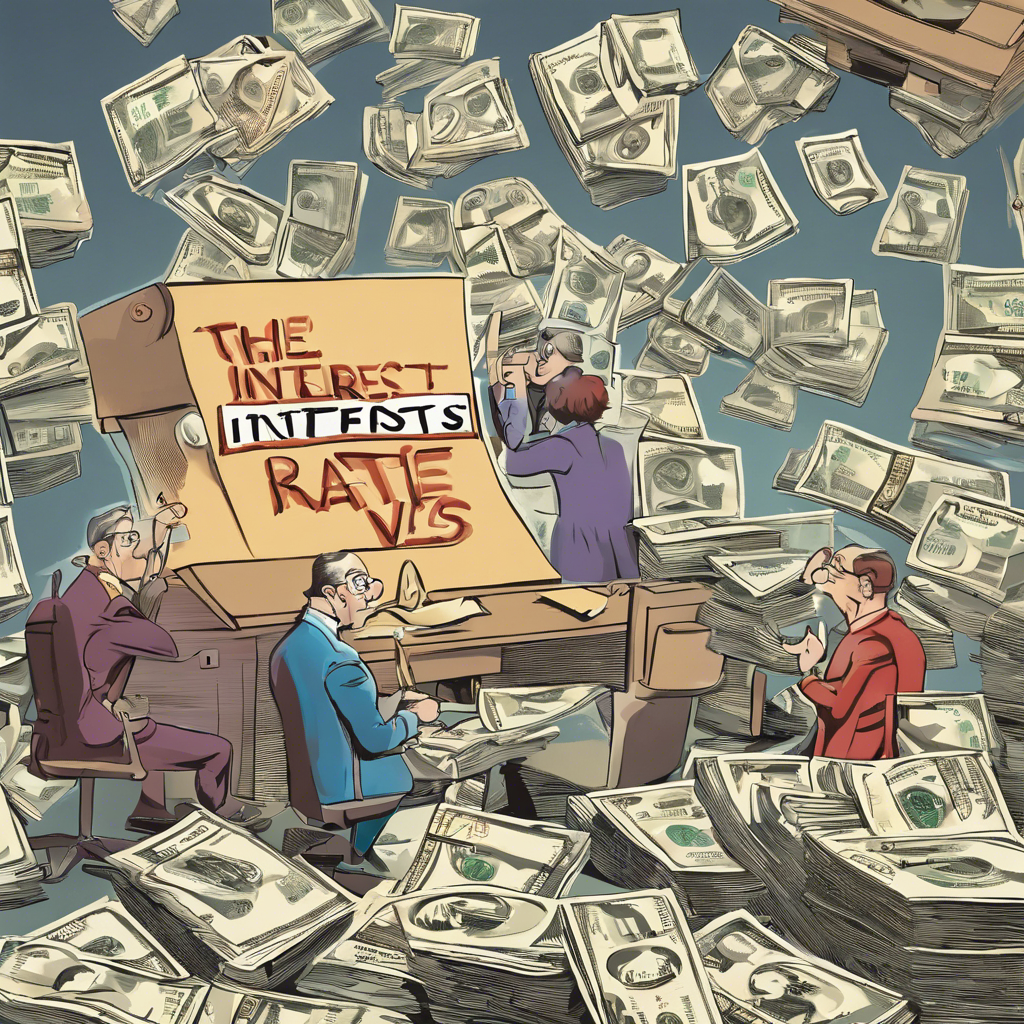Navigating High Interest Rates: The Conundrum of Saving vs. Investing

As interest rates remain high amidst falling inflation, investors face a dilemma: prioritize short-term saving or long-term investing?
The global economy has experienced a significant shift since the onset of the Covid-19 pandemic. Inflation, once stable, has surged, prompting central banks worldwide to raise interest rates in an attempt to curb rising prices. However, while inflation is now on the decline, interest rates remain elevated, leaving investors grappling with the question of whether to focus on short-term saving or long-term investing. This article explores the potential benefits and considerations of each approach amidst the current economic climate.
Saving vs. Investing: Weighing the Options
While higher interest rates suggest greater returns on savings, experts caution that several factors must be taken into account. Laura Suter, head of personal finance at AJ Bell, emphasizes that individuals may need to switch banks to access the highest interest rates, although this process has become relatively straightforward. Suter also acknowledges the complexity faced by investors who must balance long-term investment goals with the need for adequate cash savings.
Emma Wall, head of investment analysis and research at Hargreaves Lansdown, suggests that investing may prove more lucrative over the long term. Historical data indicates that investing can be twice as powerful as leaving money in cash over a 30-year period. On the other hand, Claire Exley, head of wealth services at Nutmeg, highlights the value of savings for short-term financial objectives. She recommends setting up regular direct debits into savings accounts as a means of accumulating funds almost effortlessly.
Investing: Assessing Risk
For those opting to invest, the issue of risk looms large, particularly in light of recent events such as meme-stock and cryptocurrency investing. Many young investors suffered significant losses as a result. However, Wall suggests that higher-risk investments are better suited to younger investors with longer time horizons and the ability to regularly top up their investments. Exley notes a broader trend away from high-risk investing since the pandemic, with investors of all ages displaying more cautious behavior. Young investors, in particular, exhibit a willingness to embrace short-term volatility while maintaining a long-term perspective. Suter emphasizes the importance of diversification, asset allocation, and ensuring personal comfort with the level of risk taken.
Conclusion:
In a climate of high interest rates and fluctuating inflation, investors face a challenging decision between prioritizing short-term saving or long-term investing. While saving offers the potential for higher returns on cash, investing historically outperforms cash over more extended periods. Risk is an inherent aspect of investing, but younger investors with longer time horizons may be better equipped to handle higher-risk investments. Ultimately, the key lies in striking a balance between saving and investing, diversifying assets, and aligning investment decisions with individual risk tolerance. By carefully navigating the current economic landscape, investors can make informed choices to create wealth and achieve their financial goals.

